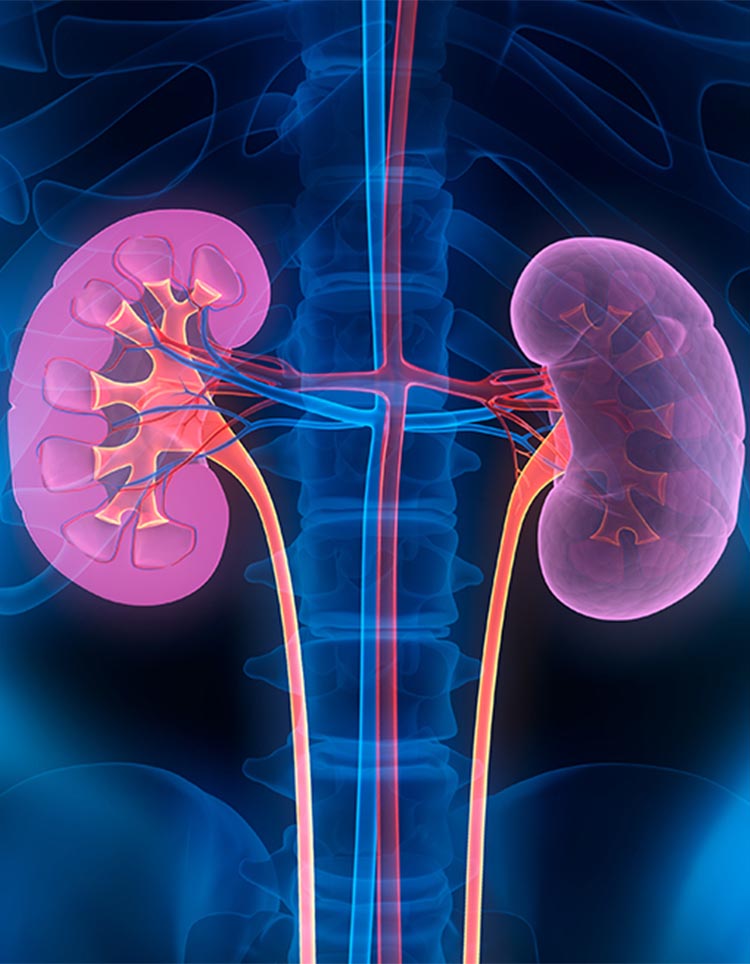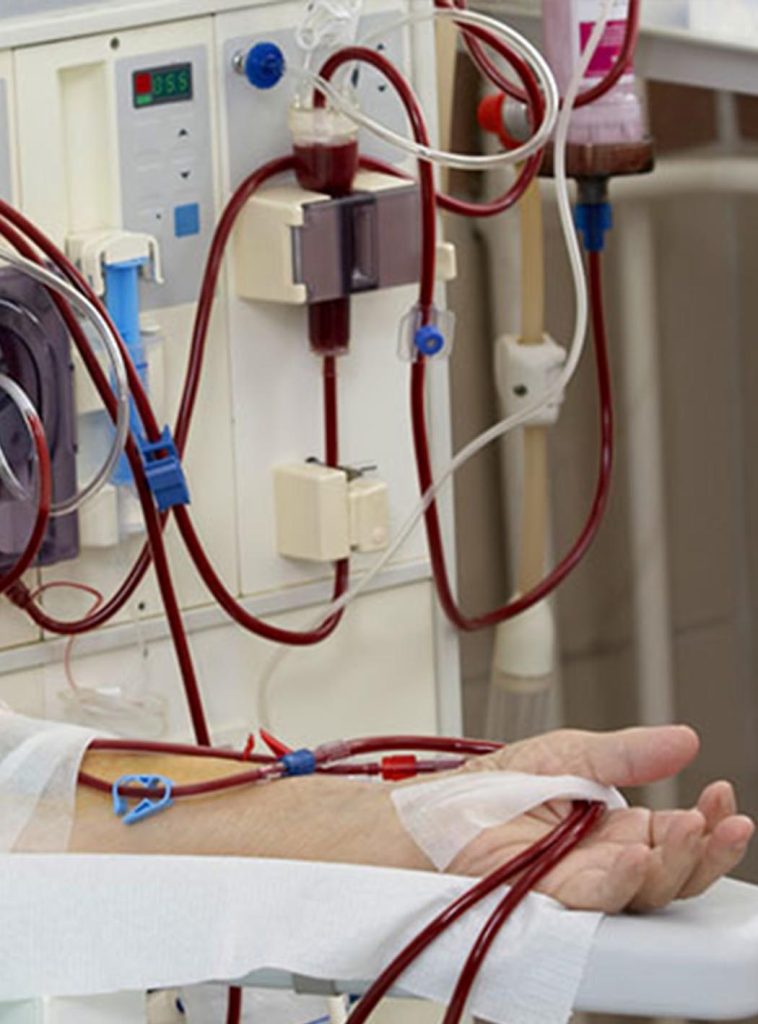

A dialysis catheter is placed to circulate the blood outside into the dialysis machine. Dialysis is performed to clean the blood of waste products. It is performed when kidneys are damaged and are unable to clean the blood. The tunnel dialysis catheter is placed to gain quick access to blood flow for dialysis. People having this catheter placed correctly don’t need multiple needle-sticks every time they visit a dialysis center.
©2024 All Rights Reserved Vascular Health Designed & Developed by Digital Otters